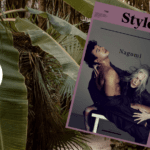United we scent!
Connecting minds, creating future – humanity, human family, global community – in times like the pandemic and the climate crisis, these words don’t describe a wistful utopia but rather our reality in the 21st century. Because really, none of the pending existential challenges faced can be overcome by the population of a country or a cultural group alone.
Paradoxically, however, it seems divisions are growing at the moment: communities of values like “the West” are eroding and societies are crumbling into countless, often hostile opposing everyday realities. The human race is struggling to put an end to battles between nations, religions and cultures in order to ensure its own survival. The continued existence of humanity depends on whether a shift in consciousness can create a global identity.
How can the common interest be made more accessible? Can the things in our everyday lives, things that seem superficial and banal like perfume, help with this?
But where there is danger, the spirit of saving grows as well. Because alongside the globalisation of problems, we’re also experiencing an interconnectedness we’ve never seen before, a coming together as a global village. Interestingly, even before the internet, satellites and container ships, there were areas in which planet earth was globalised. The world of ideas, for example – meaning philosophy, religion and science – extends through time and kingdoms. What one culture thought of first was often also adopted by their enemies, for example maths, which the western world owes in no small part to Arabic culture.
Art has also rarely cared much for boundaries. European Japonisme bowed down to the aesthetics of the distant empire, while the other way round, the previously isolated land of the rising sun was keen to take ideas from western art towards the end of the 19th century. It was the same for the fascination with the Orient: in the 18th century, not only did Vienna, which had not long before been besieged by the Ottomans, become addicted to Turkish fashion, Mme Pompadour in Versailles also favoured alla turca styles of turbans and kaftans. Then in the 20th century, the cubists and expressionists took inspiration from the expressiveness and aura of African and Australasian sculptures.
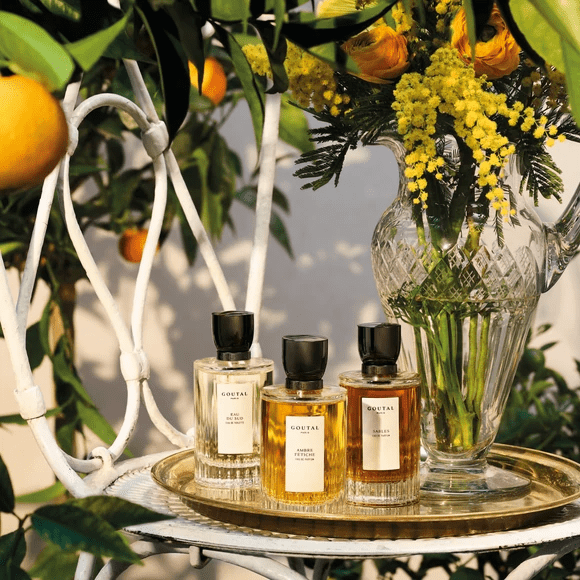
The world of luxury goods was also an international matter from the beginning.
Findings prove that even in the Stone and Bronze Ages, people traded across enormous distances to satisfy the desire for beautiful objects made out of amber, tortoiseshell and mother of pearl. And also to satisfy their appetite for flavour. The spice and silk trades created trade routes spanning continents and countless encounters between individuals from a broad spectrum of backgrounds. Spices were so valuable that new, shorter trade routes were sought and found, which in turn brought the different continents of the world closer together.
And in the traders’ luggage, they were also carrying the luxury commodity scent. India delivered precious oud to Japan and Arabia. Cloves, saffron, pepper and allspice provided wealthy Europeans not only with new flavour experiences, but also new fragrances. The classic perfumes developed in the 19th century wouldn’t have been possible at all without the ingredients from countries all over the world: sandalwood from India, civet from Ethiopia, roses from Bulgaria, musk from Central Asia.
The fact that the exchange of goods and culture rarely took place between equals and in many cases was accompanied by exploitation, violence, plundering and human suffering is becoming increasingly clear through the conversation surrounding cultural appropriation. There is still a lot of reconditioning, recognition and reparation required here.
At the same time, the experimentation didn’t just facilitate a broadening of horizons when it came to clothing styles, it also affected sounds, aromas and scents: the flavour of a spice that might have taken a bit of getting used to at first, the alternative artistic view of people and nature and the magic of an unknown shimmering material hinted that beyond the restrictive borders and perceptions of our own surroundings, a different way of living, thinking and feeling was possible. Ideally, the result was an appreciation of something different as being something valuable and enriching.
A superb example of how something like fragrance can create a link between people from different, seemingly incompatible cultures is frankincense.
Not only did it find its way from Ethiopia or Eritrea to Europe, it also became a symbol of the sublime and the holy for the Egyptians, Romans, Hindus, Buddhists, Christians and even Muslims, and its delicately intoxicating fragrance created the olfactory conditions for spiritual experiences during religious rituals. What an overwhelming idea that at any one time in a Hindu temple on the Ganges, a Gothic church near Paris, a Shinto shrine in Osaka and a mosque in Oman, people are meditating, praying and celebrating while the scent of frankincense rises up from opulent vessels and creates a link to a common, overarching reality beyond geographic, political and religious differences.
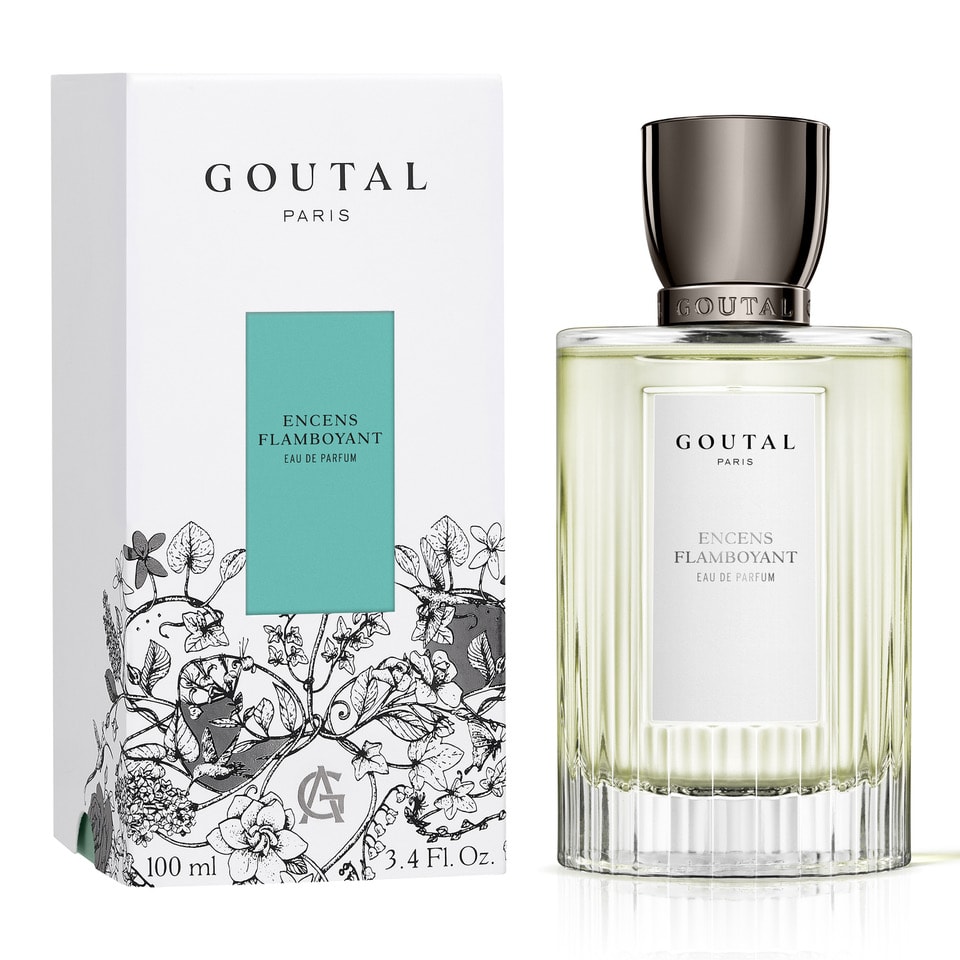
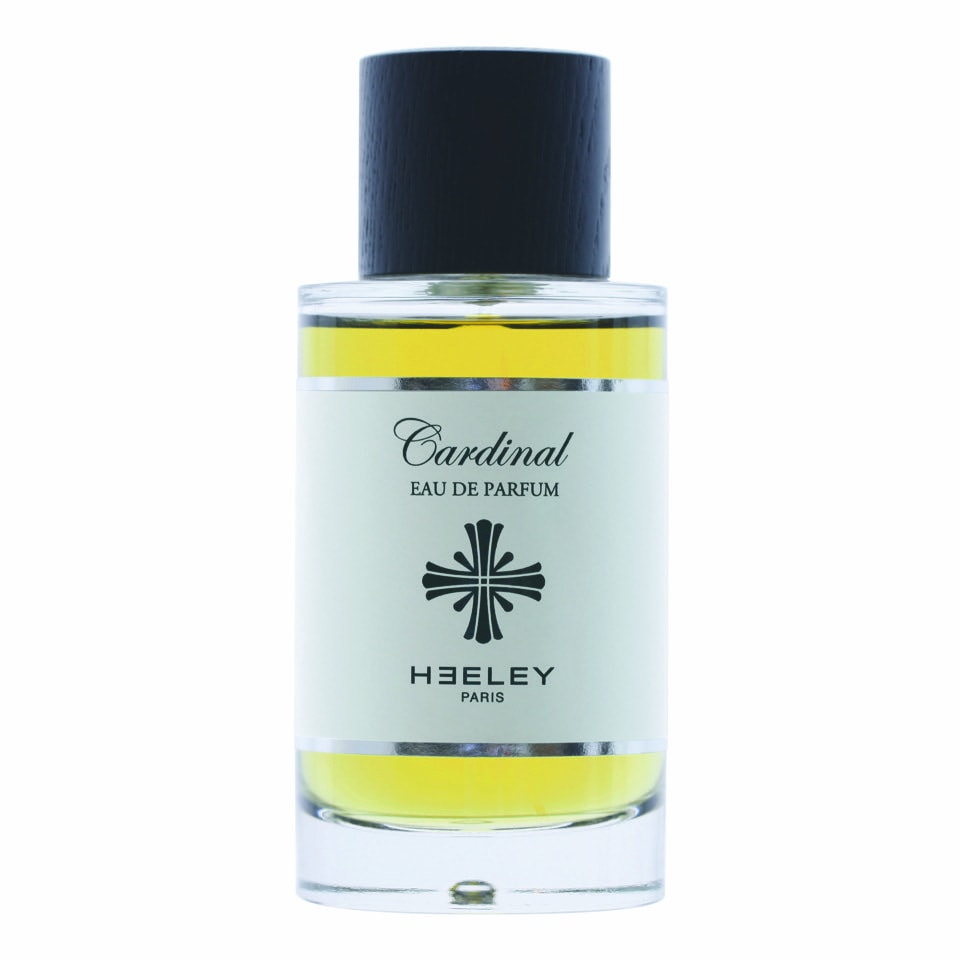
The elegant Cardinal from James Heeley, on the other hand, interweaves frankincense with cistus, myrrh and the scent of white linen, giving an air of lightness and purity.
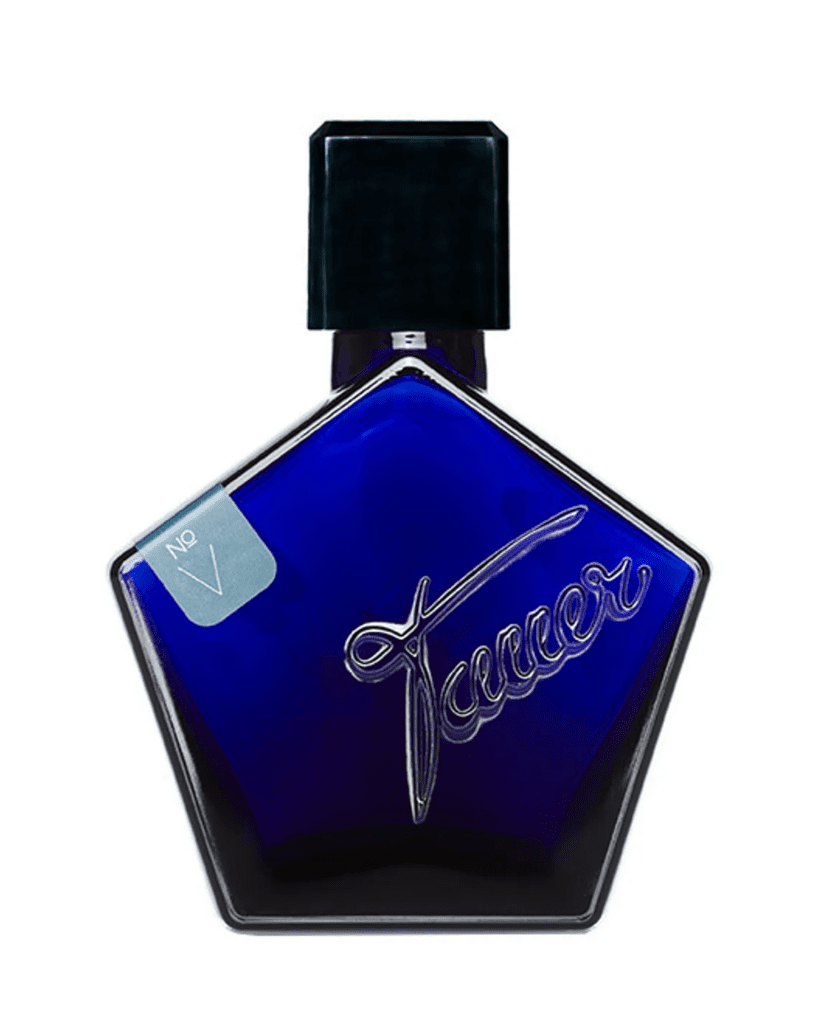
If you prefer it somewhat more minimalist and intense, in the best sense of the word, the 05 Incense Extrême by Swiss perfumer Andy Tauer will bring the harsh desert wind straight to you.
More columns by Helder Suffenplan >>
Photos: Klas Foerster, Atelier PMP, Goutal
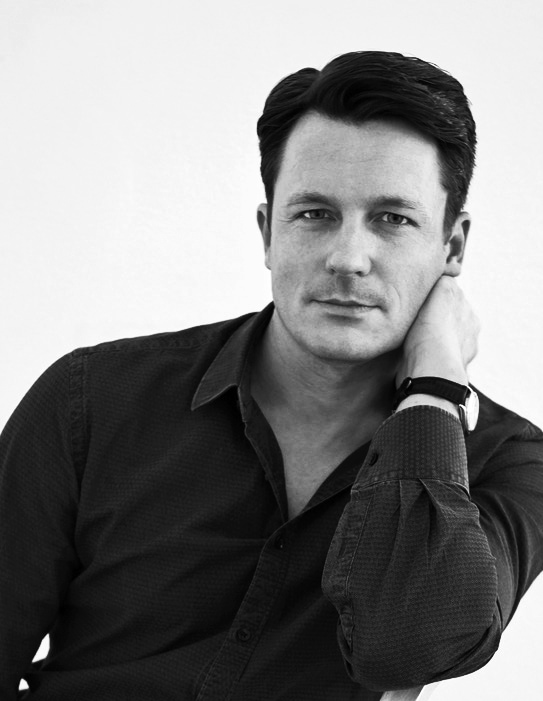
HELDER SUFFENPLAN
is an independent journalist and creative consultant from Berlin, and has had a particular passion for perfumes since he was a child. With his successful 2013 launch of SCENTURY.com – the very first online magazine for perfume storytelling – Helder has become a recognised authority in the global world of fragrance. He has been on the jury for events such as The Arts & Olfaction Awards in Los Angeles and the Prix International du Parfumeur Créateur in Paris. As a writer, he combines his passion topic of fragrances with a range of fields such as contemporary art, popular culture, literature, film and geopolitics.
Photo: Holger Homann


